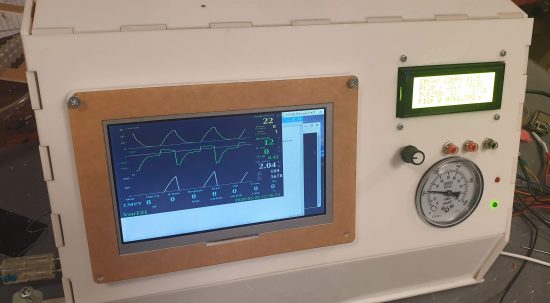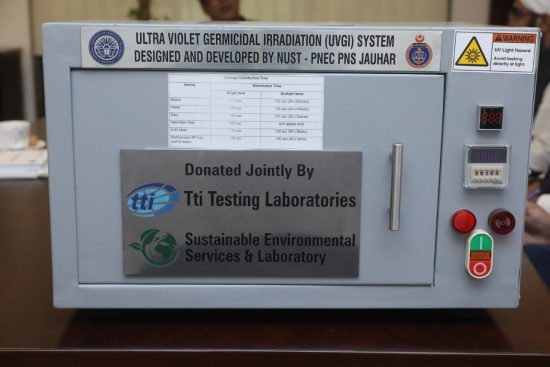Aerodynamic analysis of hummingbird-like hovering flight
Flapping wing micro aerial vehicles are studied as the substitute for fixed and rotary wing micro aerial vehicles because of the advantages such as agility, maneuverability, and employability in confined environments. Hummingbird’s sustainable hovering capability inspires many researchers to develop micro aerial vehicles with similar dynamics. In this research, a wing of a ruby-throated hummingbird…






